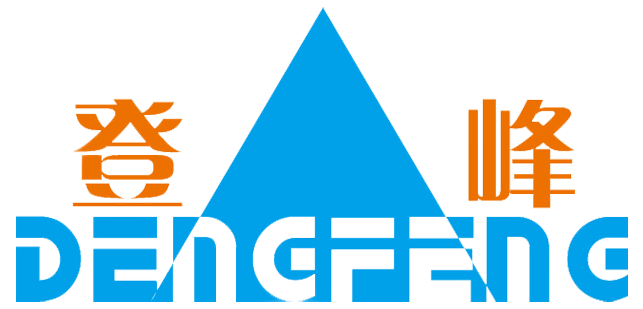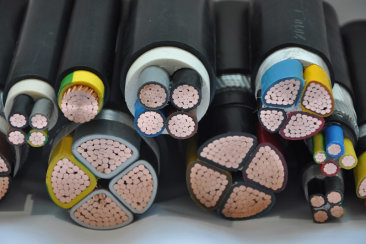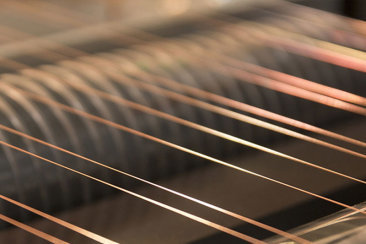Damage and prevention methods of shielded cables
Release time:
2023-08-28
There are many correct or incorrect processes in the manufacturing process of the shielding layer. One important parameter is the weaving angle of the shielding layer. In cables used for drag chains, the load borne by the shielding layer of the outer diameter of the cable must be taken into account. An unreasonable weaving angle of the shielding layer will further increase the tension load, leading to damage to the shielding layer. This can result in a weakened shielding effect, and even cause a short circuit when the sharp end of the cable punctures the wool fabric or foil material and comes into contact with the core wire. Here, we recommend a useful tip for you: if you peel off the insulation layer, you can easily push the shielding layer back into the sheath, but this shielding layer is not suitable for high flexible cables in energy supply systems that are in motion. Of course, Igus can provide direct solutions to these problems: The shielding layer weaving angle determined through long-term experiments can effectively counteract tension, making it very suitable for drag chains. Due to the stable inner sheath, the shielding layer will not relax or fail. In twisted wire structures, the shielding layer itself has anti torsion performance. Wear or damage of protective sheath Any internal structural defects are difficult to detect from the outside, but issues with the sheath can be directly observed with the naked eye. The sheath is a * * * * layer of protection for the precise internal structure of the cable. That's why cracked, worn, and deformed sheaths are very serious quality issues. To avoid such problems, Igus offers seven different materials of cable sheaths for users to choose from based on their mechanical working environment. Armor type extruded sheath Manufacturing process and materials are equally important factors in determining product quality. In some so-called cables suitable for drag chains, the sheath is usually tubular, so it cannot provide the necessary support for the stranded wire structure during long-term bending, making it easy for the stranded wire structure to split. As a * * * * manufacturer of drag chain systems, Igus has developed an armored extruded sheath. This type of sheath ensures that the core wire of the cable will not loosen during movement. The reason is that the sheath is compressed by a particularly high pressure, acting like a guide groove that guides the movement of the core wire while also providing support. Therefore, it is very suitable for drag chains. Summarize the quality assurance for high flexible cables suitable for drag chains: center stress relief design; Multi bundle cable structure; The inner sheath of the shielded cable is formed by armor type extrusion; Full screen insulated woven mesh; Optimized shielding weaving angle; Armor shaped extruded sheath.

There are many correct or incorrect processes in the manufacturing process of the shielding layer. One important parameter is the weaving angle of the shielding layer.
In cables used for drag chains, the load borne by the shielding layer of the outer diameter of the cable must be taken into account. An unreasonable weaving angle of the shielding layer will further increase the tension load, leading to damage to the shielding layer. This can result in a weakened shielding effect, and even cause a short circuit when the sharp end of the cable punctures the wool fabric or foil material and comes into contact with the core wire. Here, we recommend a useful tip for you: if you peel off the insulation layer, you can easily push the shielding layer back into the sheath, but this shielding layer is not suitable for high flexible cables in energy supply systems that are in motion. Of course, Igus can provide direct solutions to these problems:
The shielding layer weaving angle determined through long-term experiments can effectively counteract tension, making it very suitable for drag chains.
Due to the stable inner sheath, the shielding layer will not relax or fail.
In twisted wire structures, the shielding layer itself has anti torsion performance.
Wear or damage of protective sheath
Any internal structural defects are difficult to detect from the outside, but issues with the sheath can be directly observed with the naked eye. The sheath is a * * * * layer of protection for the precise internal structure of the cable. That's why cracked, worn, and deformed sheaths are very serious quality issues. To avoid such problems, Igus offers seven different materials of cable sheaths for users to choose from based on their mechanical working environment.
Armor type extruded sheath
Manufacturing process and materials are equally important factors in determining product quality. In some so-called cables suitable for drag chains, the sheath is usually tubular, so it cannot provide the necessary support for the stranded wire structure during long-term bending, making it easy for the stranded wire structure to split.
As a * * * * manufacturer of drag chain systems, Igus has developed an armored extruded sheath.
This type of sheath ensures that the core wire of the cable will not loosen during movement. The reason is that the sheath is compressed by a particularly high pressure, acting like a guide groove that guides the movement of the core wire while also providing support. Therefore, it is very suitable for drag chains.
Summarize the quality assurance for high flexible cables suitable for drag chains: center stress relief design; Multi bundle cable structure; The inner sheath of the shielded cable is formed by armor type extrusion; Full screen insulated woven mesh; Optimized shielding weaving angle; Armor shaped extruded sheath.






